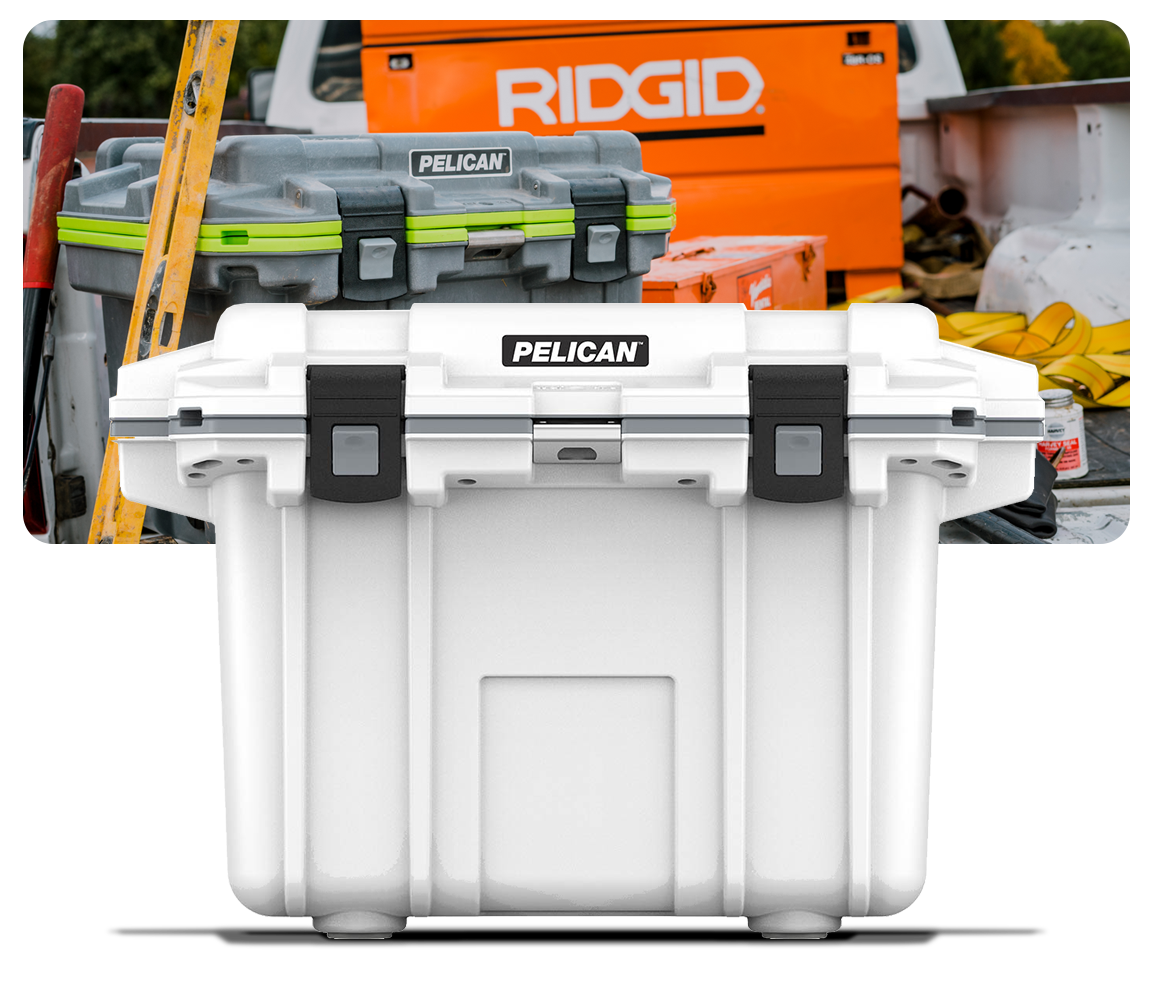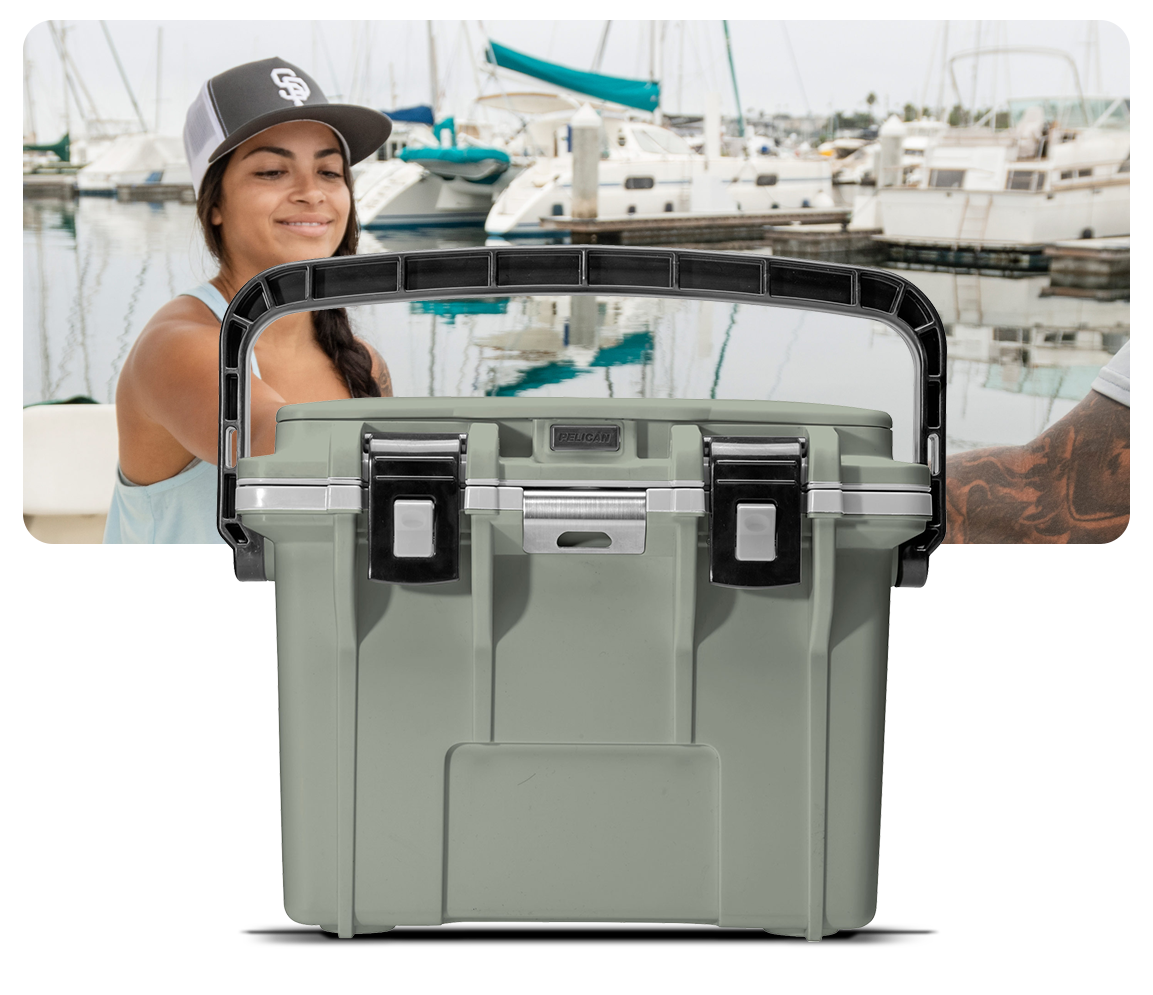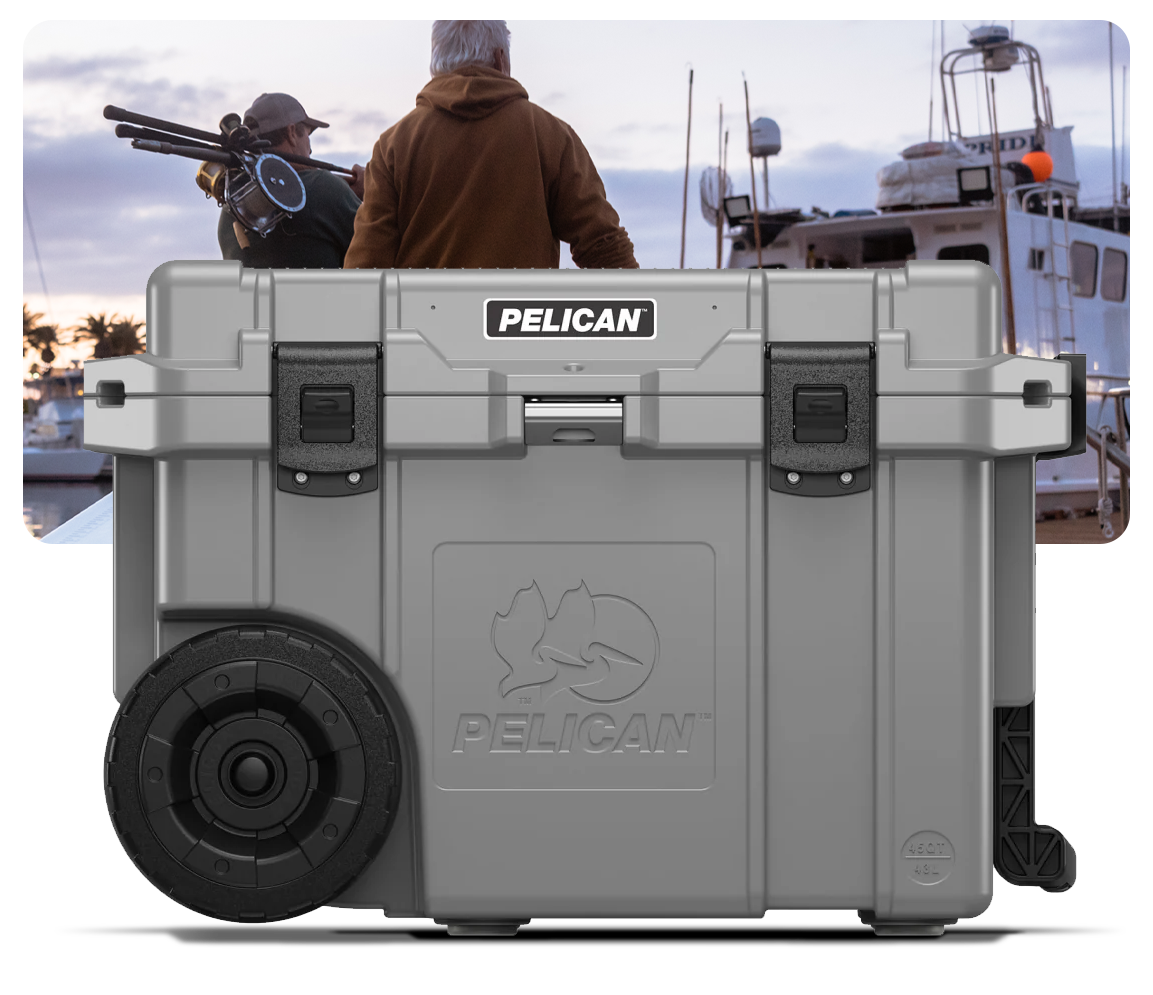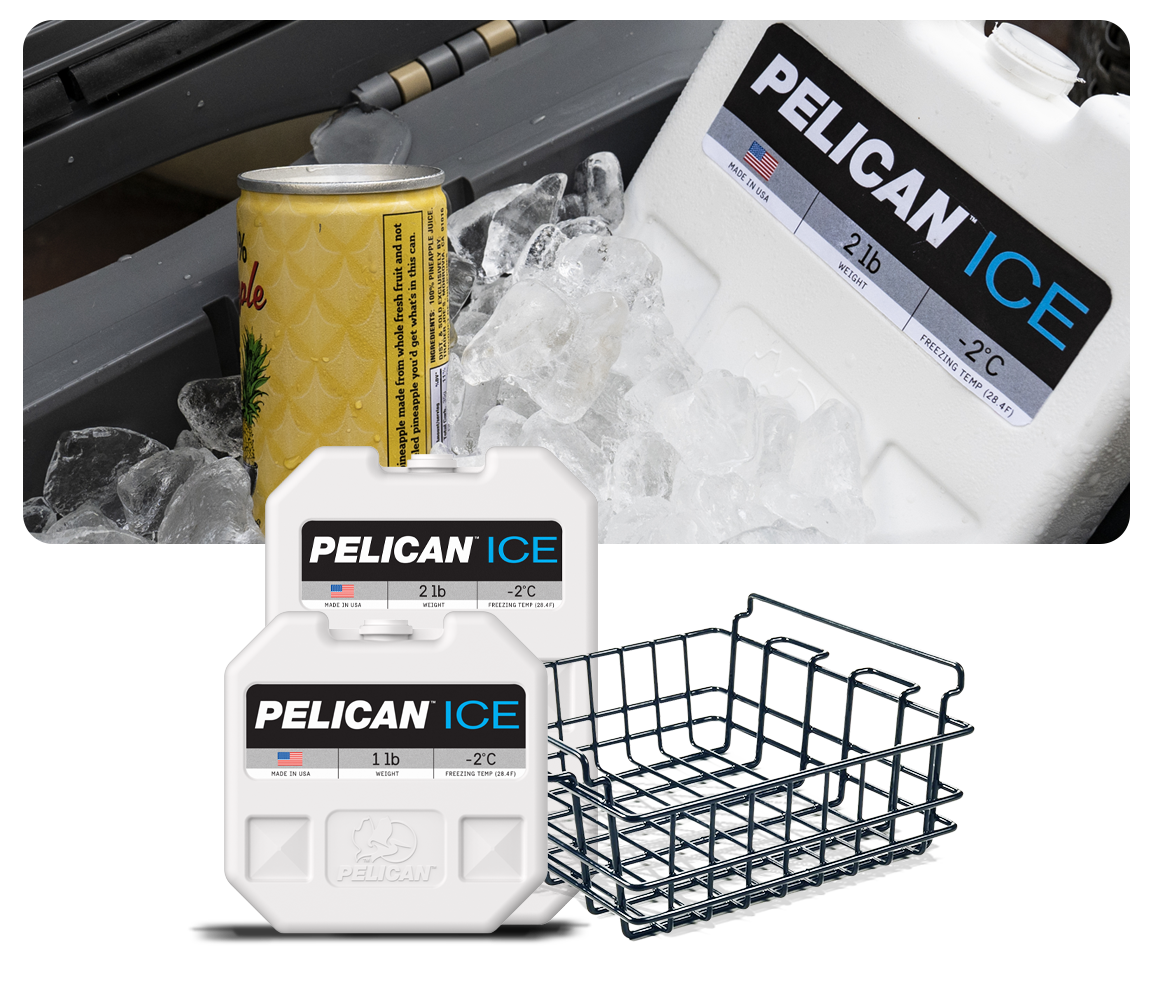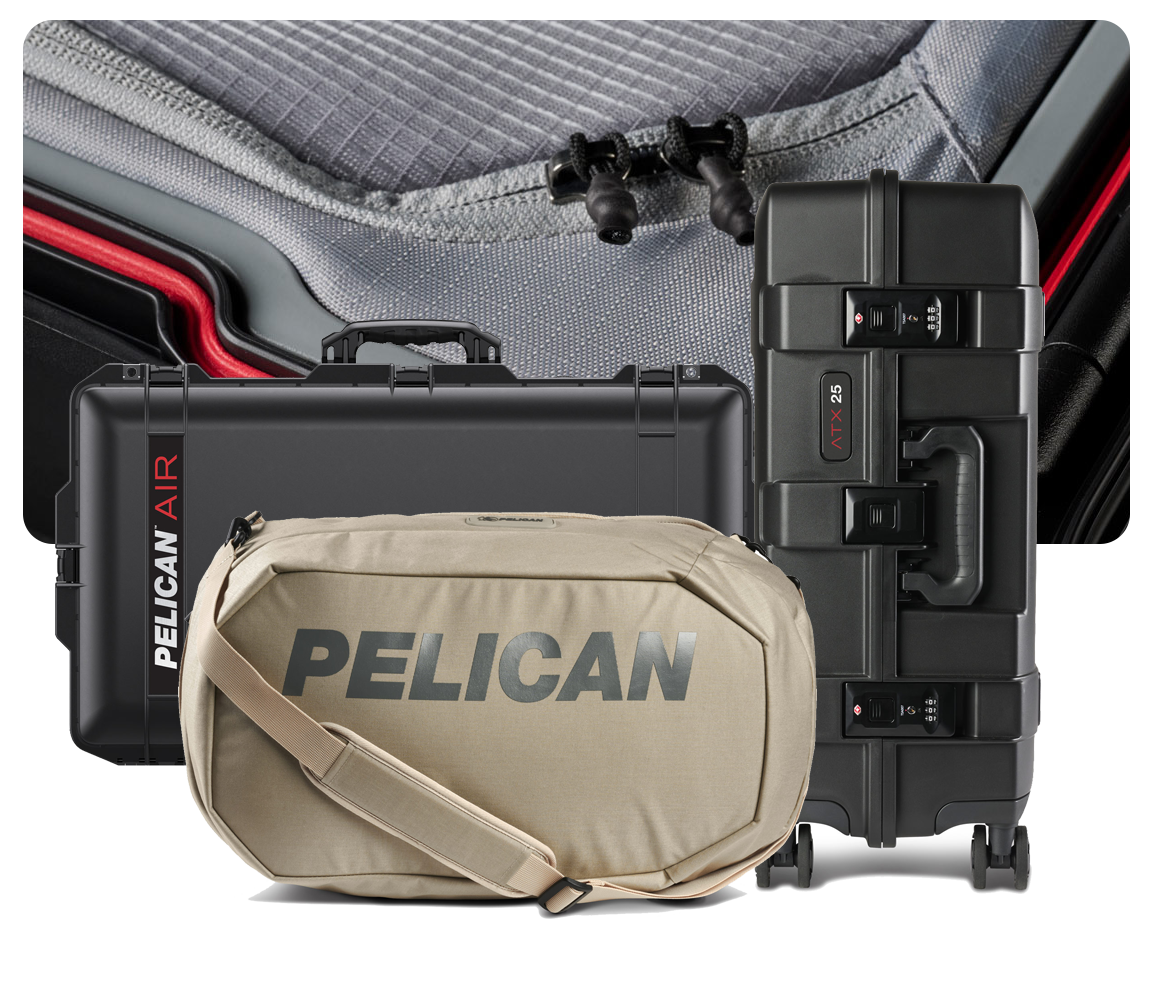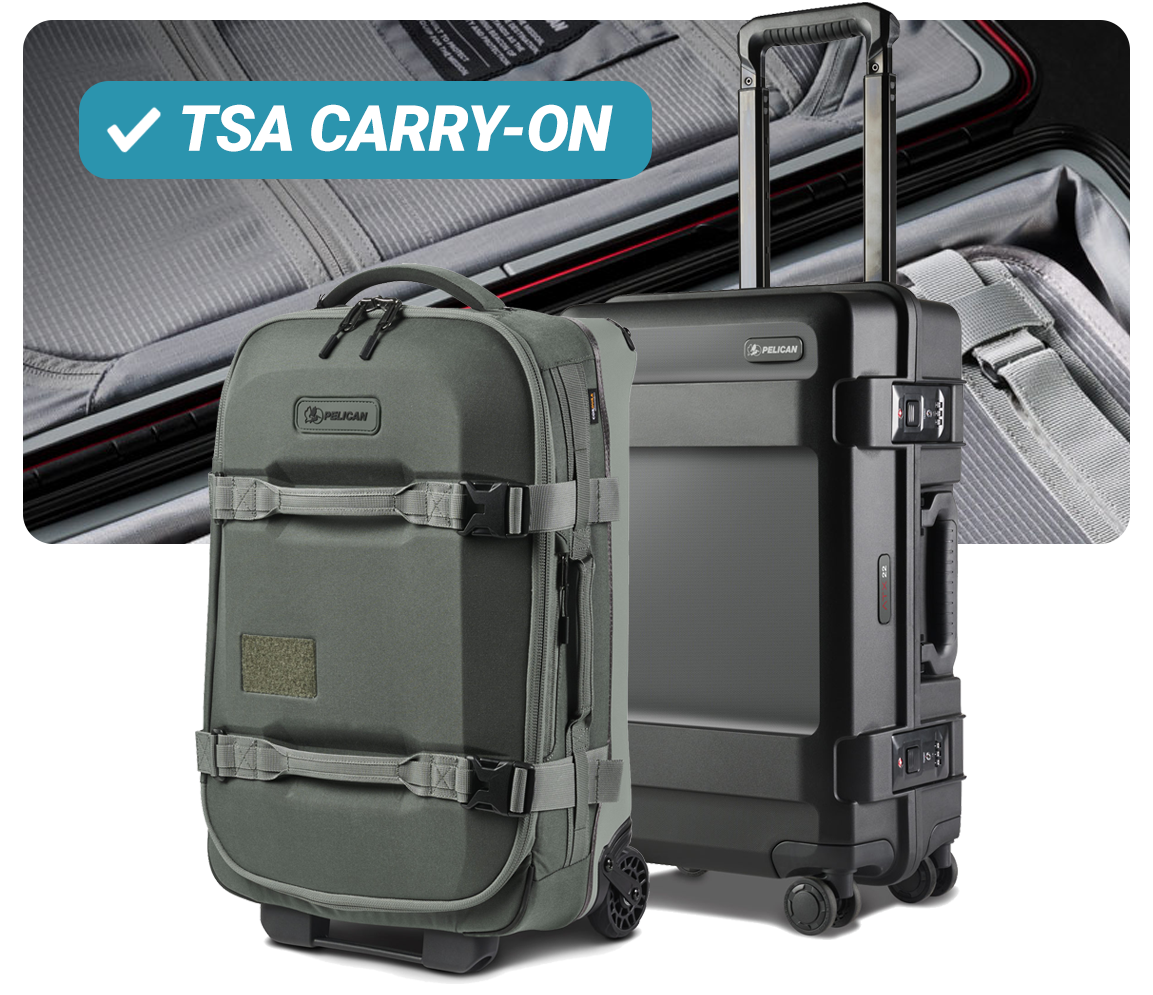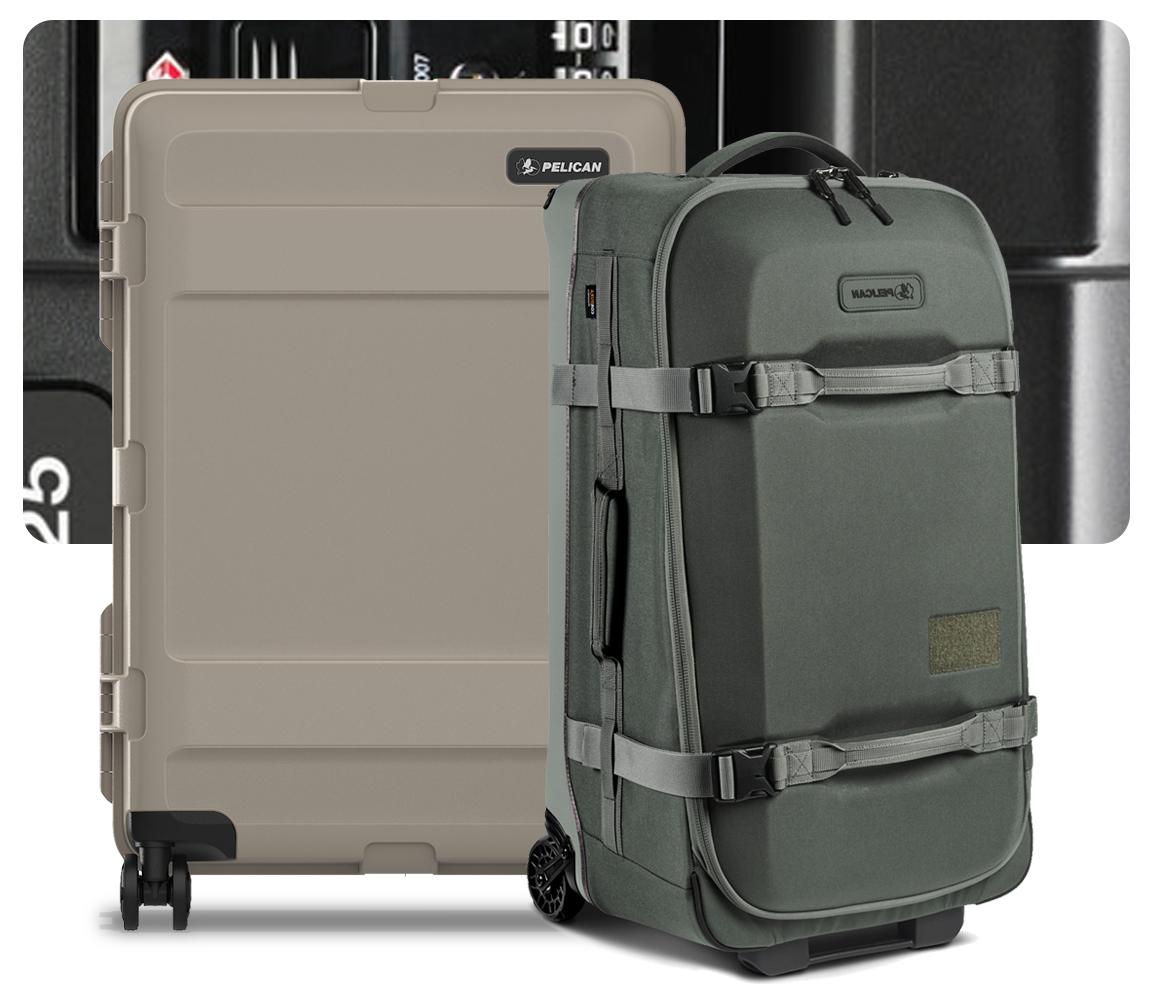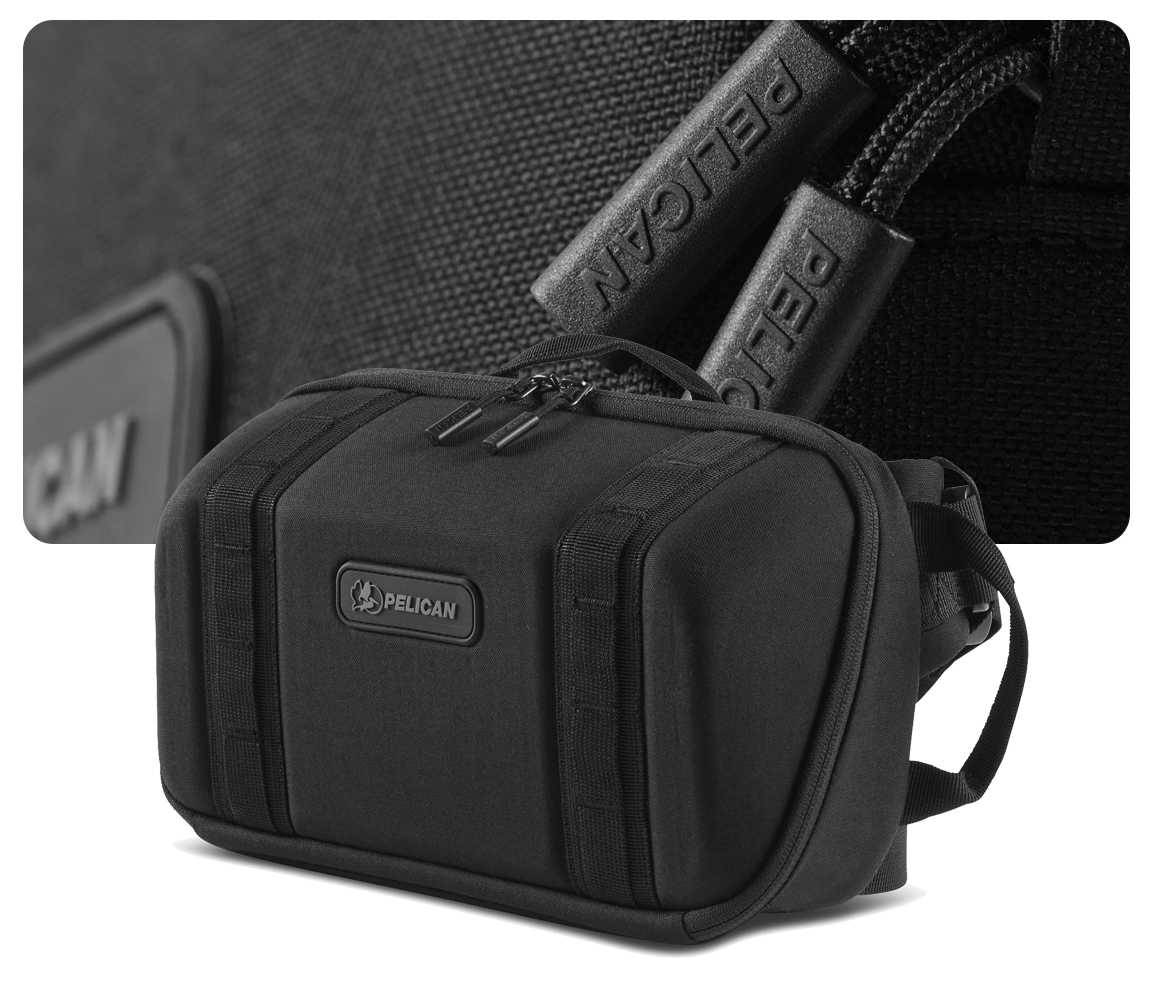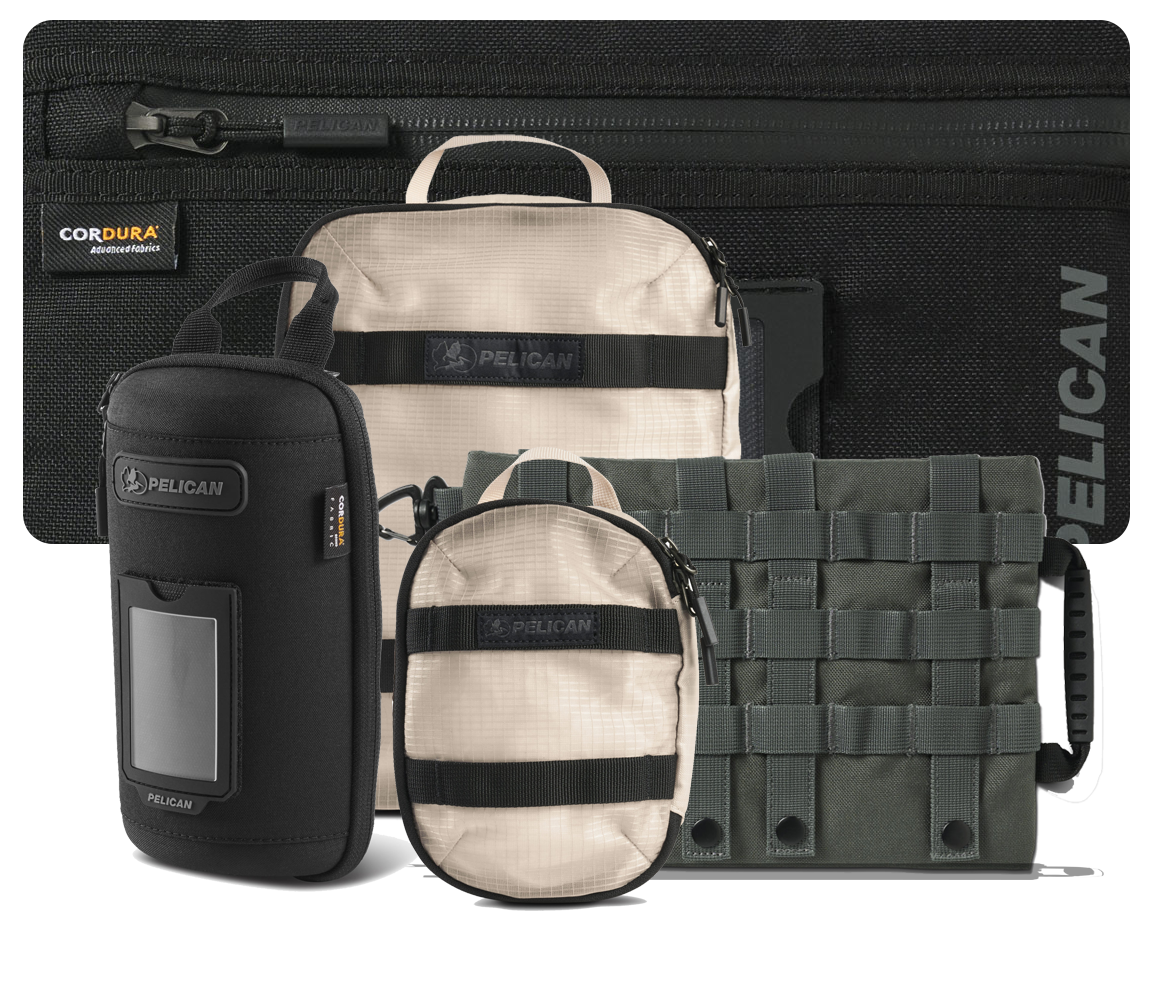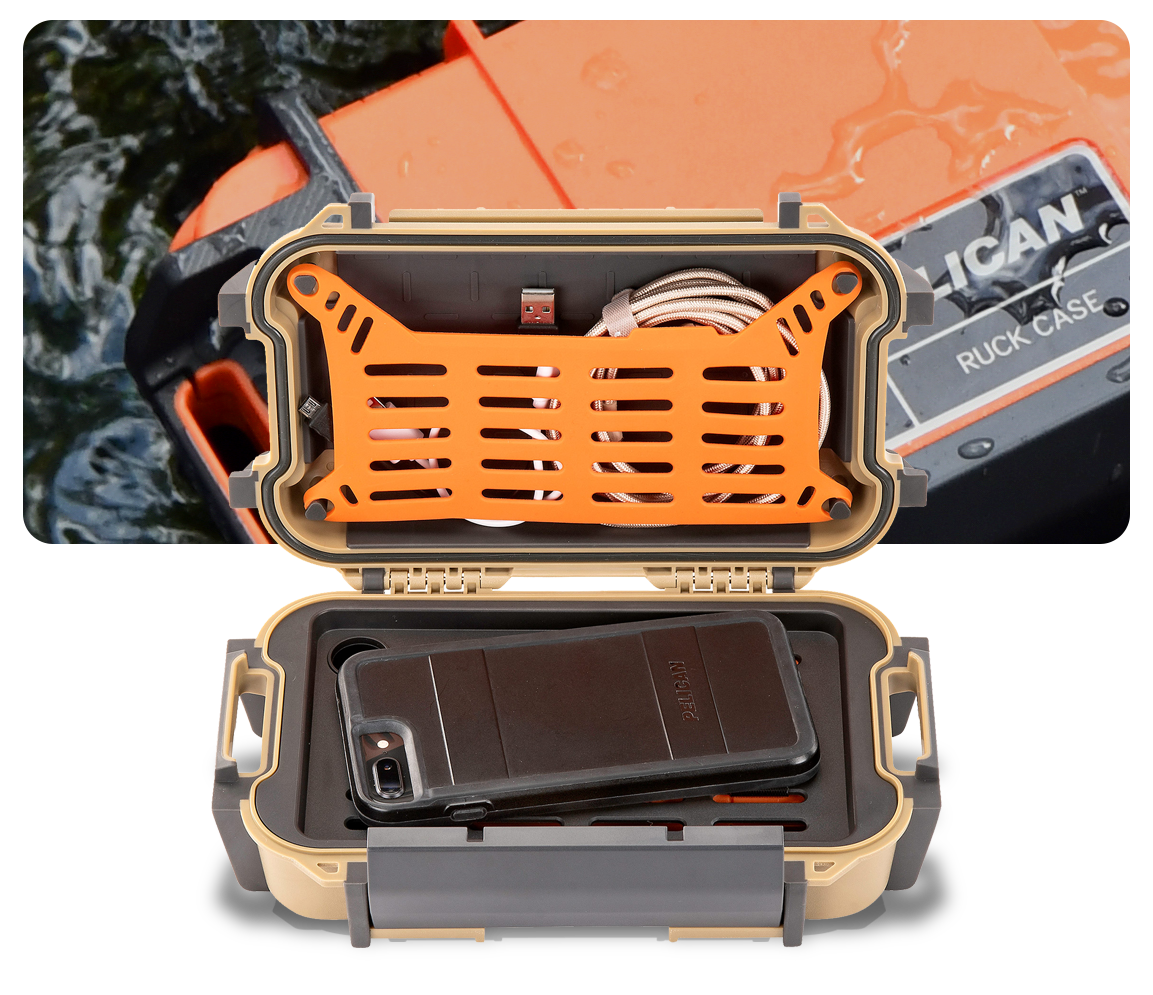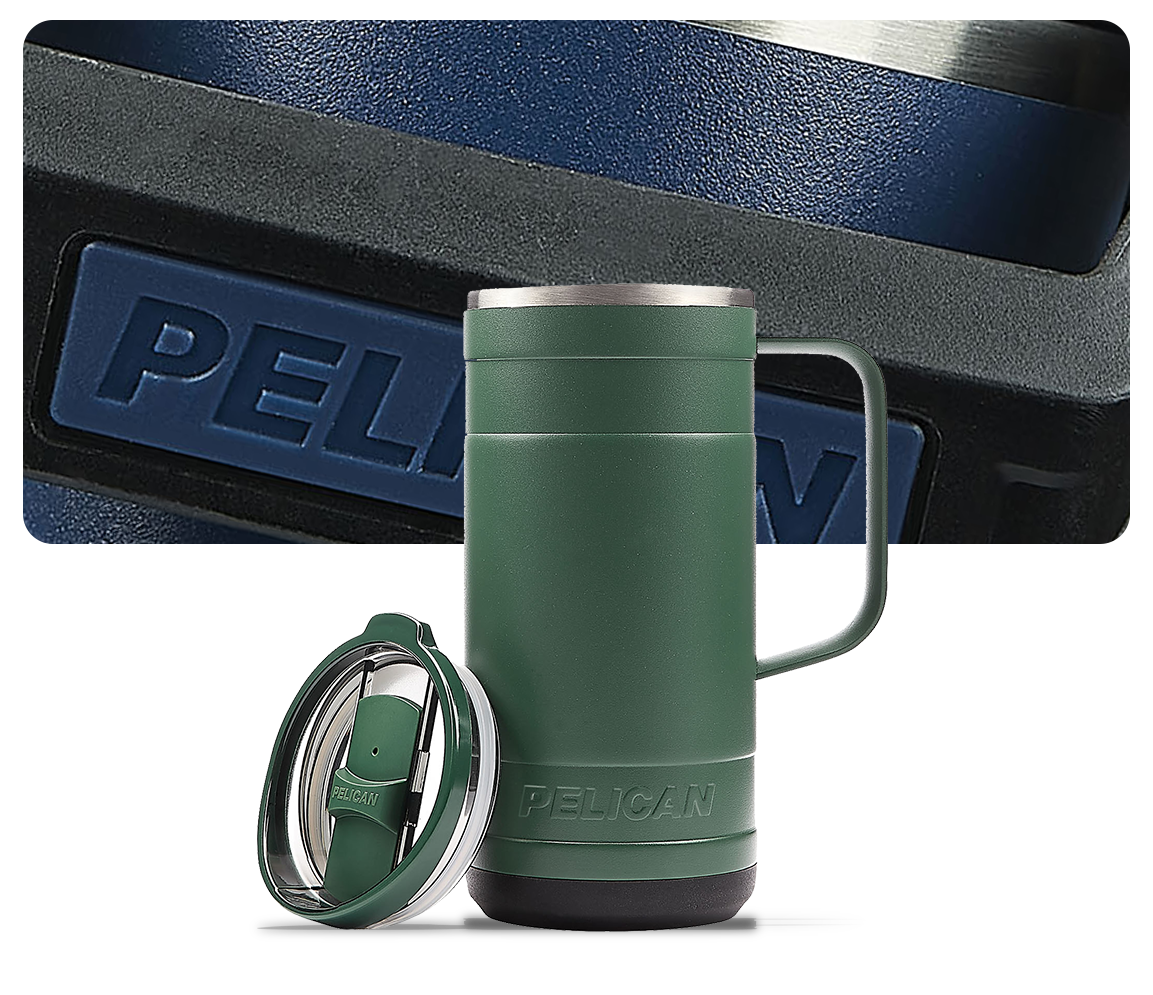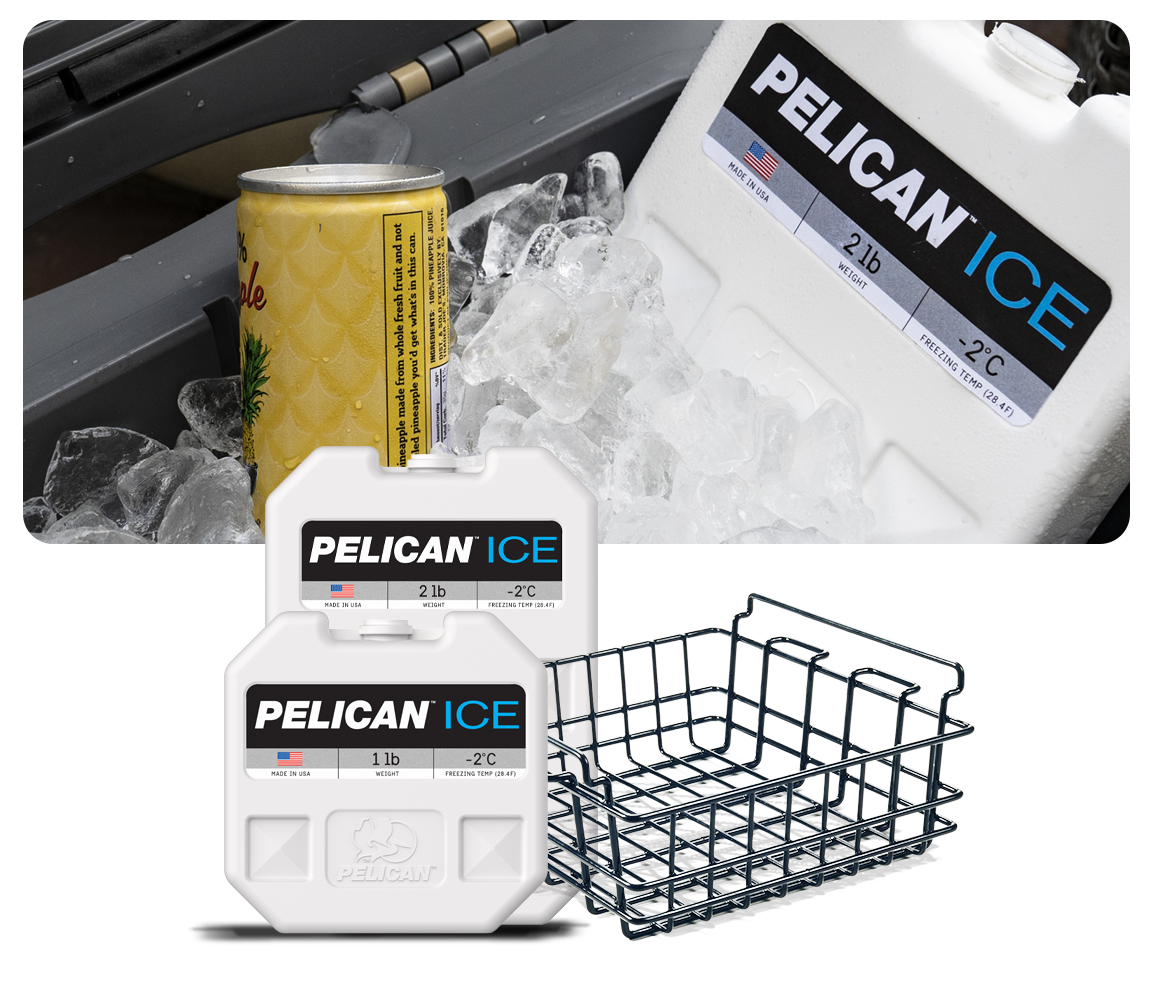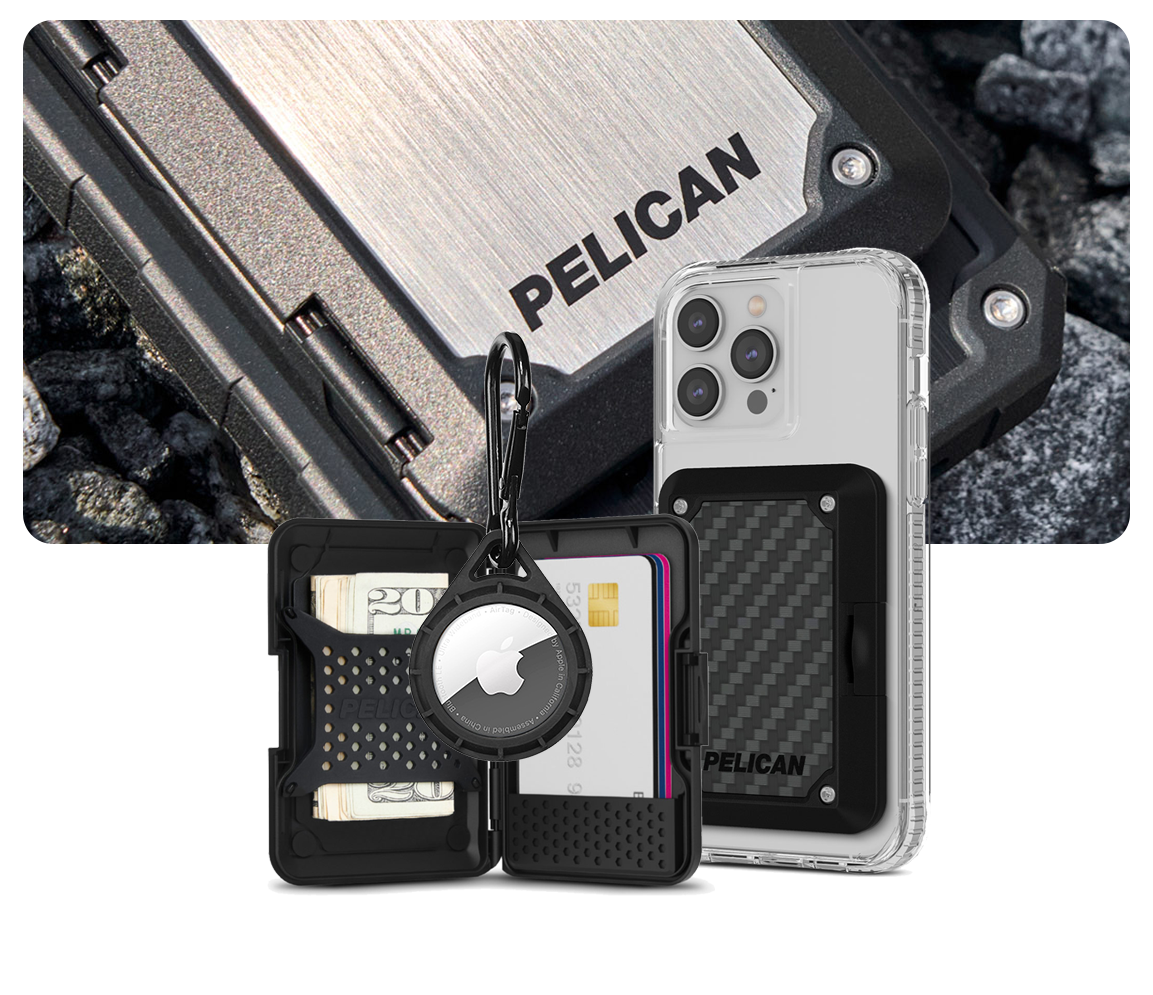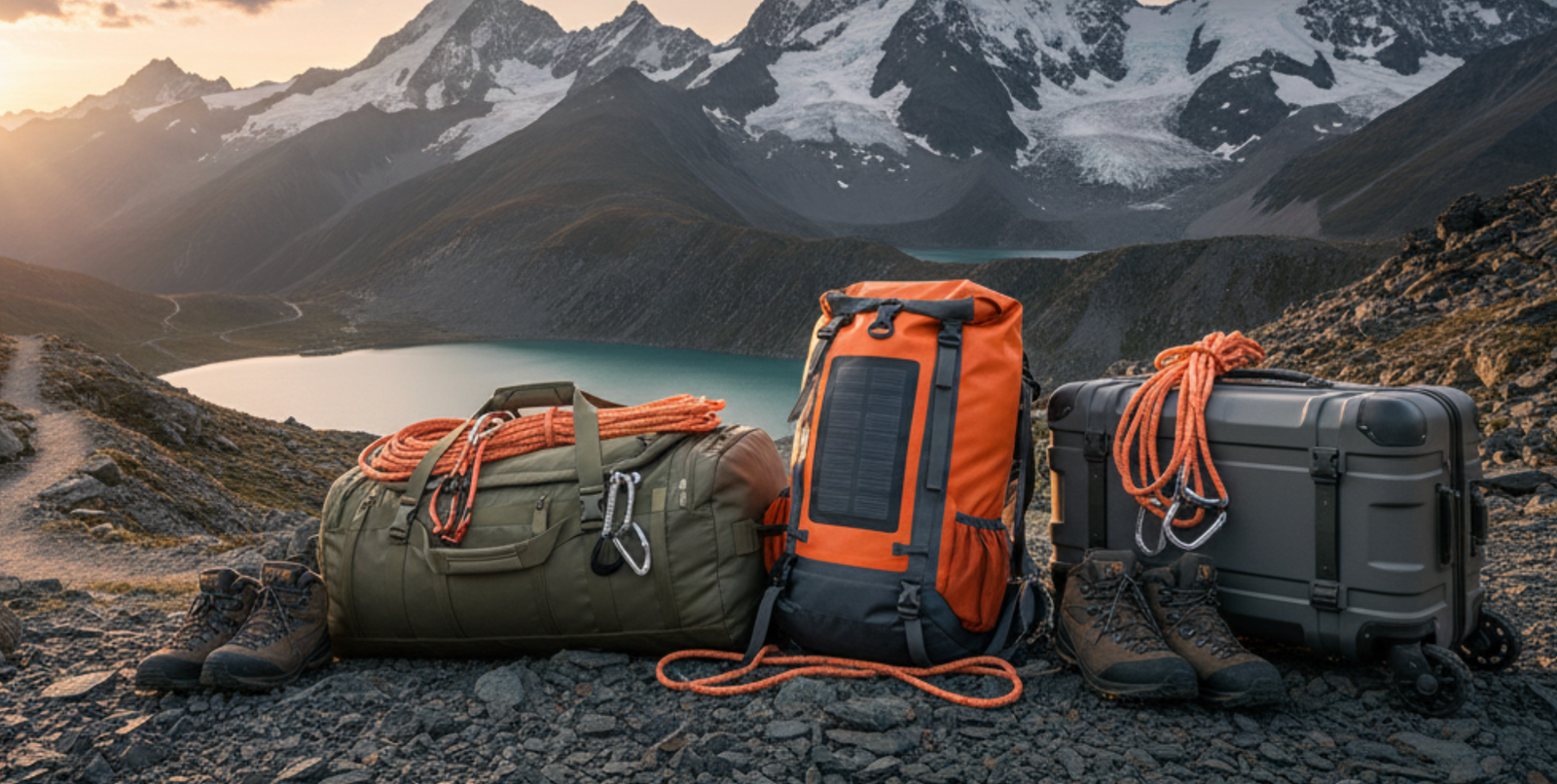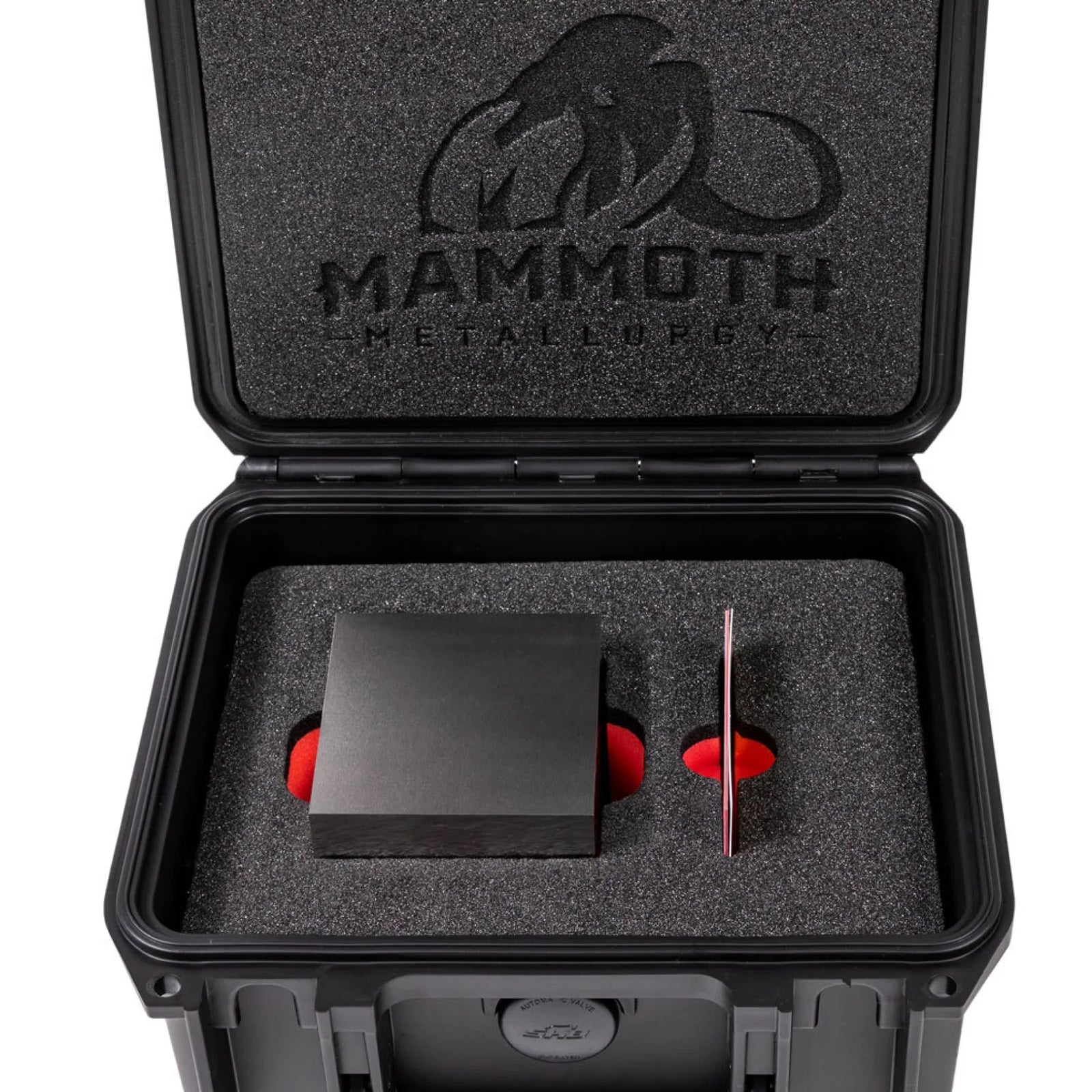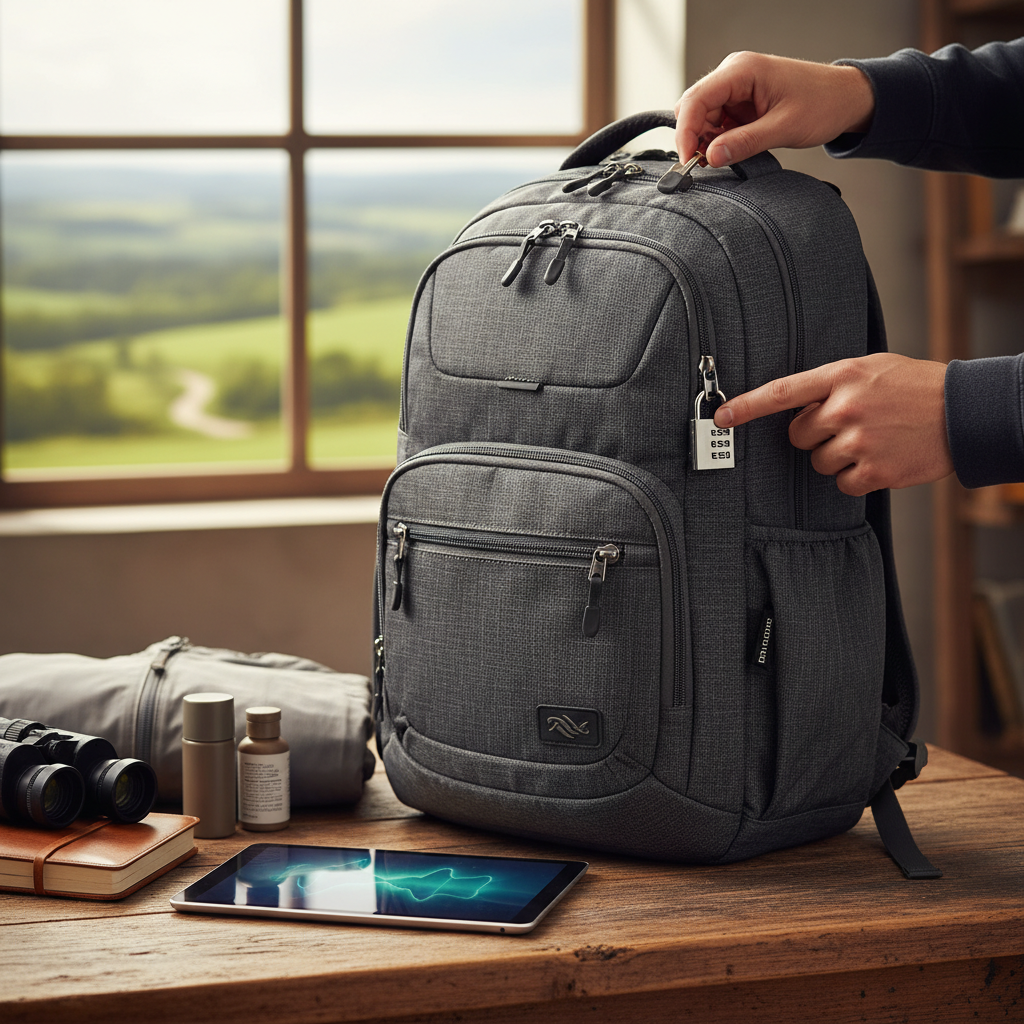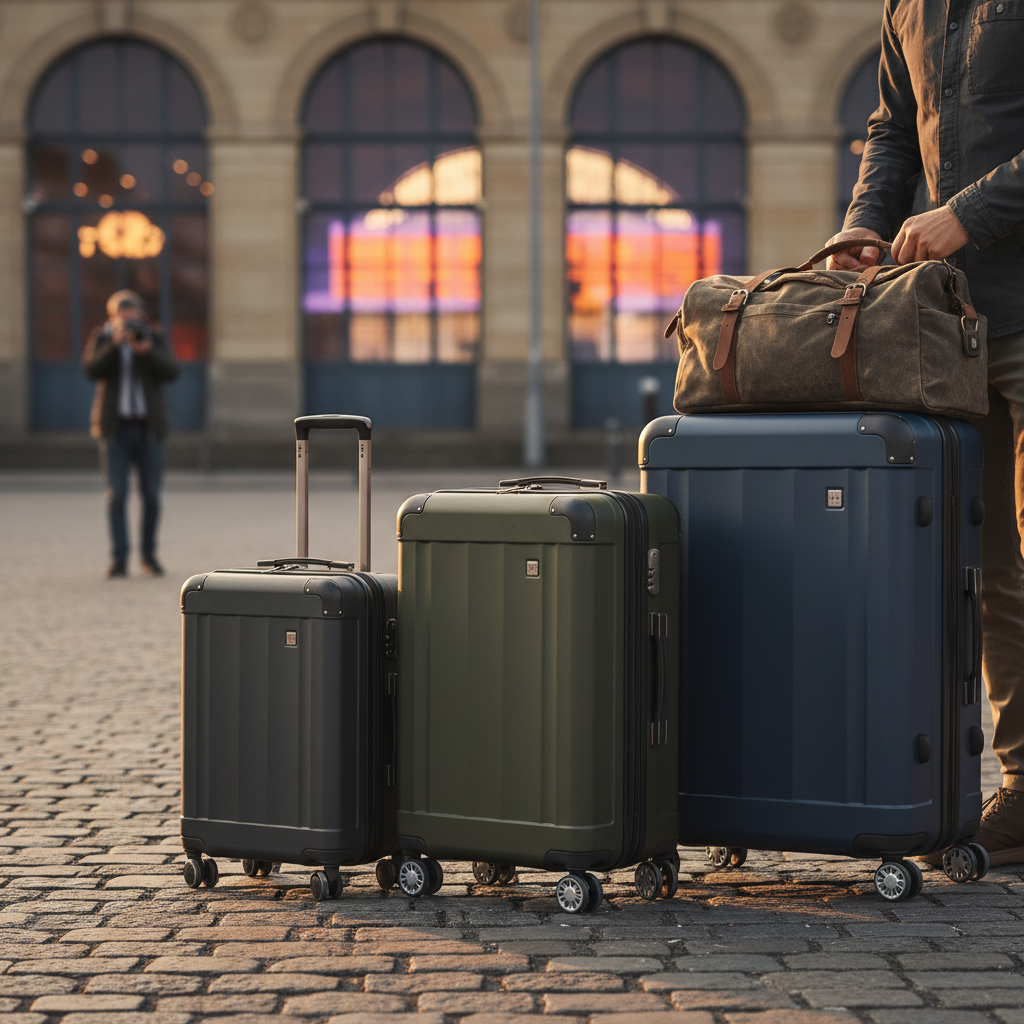Quick Summary / Key Takeaways
If you only remember 5 things from this guide, make it these:
-
Prioritize material durability like Cordura or Dyneema for outdoor luggage to withstand harsh environments and extend lifespan.
-
Consider load distribution and fit: A well-fitted backpack prevents fatigue and injury, crucial for comfort on long treks.
-
Water resistance is paramount; look for features like DWR coatings, roll-top closures, or included rain covers to protect contents.
-
Accessibility matters: External pockets, daisy chains, and easy-access compartments enhance functionality and convenience on the trail.
-
Match luggage type to activity: Choose a lightweight pack for day hikes, a robust duffel for car camping, or a framed pack for backpacking expeditions.

Introduction
Embarking on an outdoor adventure, whether it's a multi-day trek through alpine wilderness or a weekend car camping trip, demands the right gear – and that starts with your outdoor luggage.It's not just about hauling your essentials; it's about protecting them from the elements, ensuring comfort, and enabling seamless access when you need it most. Think of your outdoor bag as your trusty companion, safeguarding your journey. I've personally witnessed friends' trips falter because of a burst seam on a cheap duffel or a rain-soaked sleeping bag from an inadequate pack. These aren't just inconveniences; they can compromise safety and enjoyment. Choosing the right outdoor luggage is an investment in your adventure's success, a critical decision often overlooked in the excitement of planning. This guide delves deep into the world of outdoor luggage, moving beyond superficial aesthetics to explore materials, features, and the nuanced considerations that separate a good bag from a great one. We'll equip you with the knowledge to make informed choices, ensuring your gear is as ready for the wilderness as you are. Let's explore how to select a companion that truly carries your journey forward. To learn more, Click here.
Outdoor Luggage Material Comparison
|
Material |
Durability |
Water Resistance |
Weight |
|
Cordura Nylon |
Excellent (Abrasion) |
Good (Coated) |
Moderate |
|
Dyneema Composite |
Exceptional (Tear) |
Superior (Waterproof) |
Very Low |
|
Polyester Canvas |
Good (Budget-Friendly) |
Moderate (Treated) |
Moderate-High |
|
TPU-Coated Fabric |
High (Puncture) |
Excellent (Submersible) |
Moderate |
Outdoor Luggage Type Suitability
|
Type |
Primary Use |
Key Advantage |
Capacity Range |
|
Backpacking Pack |
Multi-day treks |
Ergonomic load carry |
40-90 Liters |
|
Expedition Duffel |
Basecamp, gear transport |
High durability, large volume |
50-150+ Liters |
|
Daypack |
Short hikes, daily use |
Lightweight, agile |
15-30 Liters |
|
Rolling Duffle |
Car camping, travel |
Ease of transport (flat terrain) |
40-100 Liters |
Contest Launch Checklist
-
Verify all zippers, buckles, and straps are functional before packing your outdoor luggage.
-
Apply waterproofing spray to older pack seams or untreated areas for enhanced resistance.
-
Pack essential gear first, ensuring weight distribution is balanced for optimal comfort.
-
Perform a "shakedown" packing test with full gear if undertaking a multi-day trip.
Post-Contest Follow-Up Checklist
-
Empty and thoroughly clean your outdoor luggage, removing all dirt and debris promptly.
-
Inspect for any tears, abrasions, or damage; repair proactively to extend its lifespan.
-
Store your outdoor luggage in a cool, dry, well-ventilated area away from direct sunlight.
-
Re-apply DWR (Durable Water Repellent) treatment if water no longer beads on the fabric.
Table of Contents
SECTION 1: CHOOSING YOUR OUTDOOR COMPANION
1. What are the most durable materials for outdoor luggage?
2. How do I select the right size backpack for a multi-day hike?
3. What features are essential for water resistance in outdoor bags?
4. Should I choose a backpack or a duffel bag for my outdoor trip?
5. What's the difference between internal and external frame backpacks?
SECTION 2: MASTERING OUTDOOR PACKING & CARE
6. What is the best way to pack an outdoor backpack for comfort and balance?
7. How can I maximize space in my outdoor luggage without overpacking?
8. What's the proper way to clean and maintain outdoor luggage after a trip?
9. How do I repair minor tears or abrasions on my outdoor gear bags?
10. Are waterproof pack covers truly effective, or should I rely on internal dry bags?
SECTION 3: SPECIALIZED OUTDOOR LUGGAGE INSIGHTS
11. When is a rolling duffel bag a good choice for outdoor travel?
12. What kind of specialized bags are best for carrying climbing gear?
13. Are there specific considerations for luggage in extreme cold or hot climates?
14. How do I ensure my outdoor luggage is airline-friendly for international travel?
15. What innovations are emerging in the design of outdoor luggage?
Frequently Asked Questions
SECTION: CHOOSING YOUR OUTDOOR COMPANION
FAQ 1: What are the most durable materials for outdoor luggage?
The most durable materials for outdoor luggage include Cordura nylon, Dyneema Composite Fabric (DCF), and high-denier polyester with robust coatings. Cordura offers exceptional abrasion resistance, making it ideal for rough handling and challenging terrains. Dyneema provides an incredible strength-to-weight ratio and superior tear resistance, often used in ultralight, high-performance gear. High-denier polyester, especially with TPU or PU coatings, offers good puncture and water resistance at a more affordable price point. Ultimately, material choice depends on the specific demands of your adventure and desired balance of durability, weight, and cost.
Real Results:A hiker traversing the Appalachian Trail reported their 500D Cordura pack showed minimal wear after 2,000 miles, highlighting its long-term resilience.
Takeaway:Prioritize Cordura or Dyneema for ultimate durability in demanding outdoor luggage applications.
FAQ 2: How do I select the right size backpack for a multi-day hike?
Selecting the right size backpack for a multi-day hike depends on trip duration, gear bulk, and personal packing style, typically ranging from 40 to 70 liters.For a 2-3 day trip in warm weather, 40-50 liters is often sufficient, accommodating lighter sleeping systems and fewer layers. Longer trips or colder conditions requiring bulkier insulation and more food will push towards 60-70 liters or more. Always consider the volume of your sleeping bag, tent, and cooking system when estimating required capacity. It's better to have a slightly larger pack that isn't completely full than one that's bursting at the seams.
Real Results:My personal 65-liter pack comfortably carried a tent, sleeping system, food for 5 days, and cooking gear for two, proving versatile for most trips.
Takeaway:Match pack volume to trip length and gear bulk, opting for 40-70 liters for most multi-day hikes.
FAQ 3: What features are essential for water resistance in outdoor bags?
Essential water resistance features in outdoor bags include Durable Water Repellent (DWR) coatings, PU or TPU laminated fabrics, sealed seams, and robust closure systems like roll-tops or storm flaps.DWR causes water to bead up and roll off the fabric's surface, acting as the first line of defense. Laminated fabrics, often polyurethane (PU) or thermoplastic polyurethane (TPU), create an impermeable barrier against moisture penetration. Taped or welded seams prevent water from seeping through needle holes, which are common entry points. Finally, roll-top closures or zippered storm flaps effectively seal the main compartment from rain and splashes.
Real Results:My dry bag, with its roll-top closure and TPU-coated fabric, kept electronics completely dry after an unexpected canoe capsize in a fast-flowing river.
Takeaway:Look for DWR, laminated fabrics, sealed seams, and effective closures to ensure your outdoor bag resists water effectively.
FAQ 4: Should I choose a backpack or a duffel bag for my outdoor trip?
The choice between a backpack and a duffel bag for an outdoor trip hinges on your activity, duration, and method of transport.Backpacks are designed for hands-free carrying over long distances, offering ergonomic support and better weight distribution for hiking and trekking. Duffel bags, particularly robust expedition models, excel at transporting large volumes of gear, often by vehicle or for basecamp setup, but are less comfortable for extended carrying. If you'll be actively moving with your gear on your back, a backpack is superior; if you're transporting gear from car to campsite, a duffel is often more convenient.
Real Results:For my Everest Base Camp trek, a backpack was indispensable, while a large duffel was perfect for transporting non-trekking gear to the airport.
Takeaway:Choose a backpack for carrying gear on the move and a duffel for transporting bulky items to a fixed location.
FAQ 5: What's the difference between internal and external frame backpacks?
Internal frame backpacks integrate the frame within the pack body, offering a sleek profile and better balance for technical terrain, while external frame packs have a rigid frame outside the pack, ideal for heavy, awkward loads and ventilation. Internal frames hug the body, moving with you, making them preferred for climbing, scrambling, or tight trails where agility is key. External frames distribute weight lower and further from the body, providing excellent ventilation and the ability to strap odd-shaped items like game or buckets onto the frame. Modern internal frames dominate the market due to improved comfort and versatility.
Real Results:Switching from an external to an internal frame pack improved my balance significantly on rocky mountain ascents, reducing fatigue and increasing confidence.
Takeaway:Internal frames suit agility and technical terrain, while external frames excel at carrying heavy, bulky, or odd-shaped loads with superior ventilation.
SECTION: MASTERING OUTDOOR PACKING & CARE
FAQ 6: What is the best way to pack an outdoor backpack for comfort and balance?
The best way to pack an outdoor backpack for comfort and balance is to strategically distribute weight, placing heavy items close to your back and center of gravity. Start by putting lighter, bulky items like your sleeping bag in the bottom compartment. Place dense, heavy gear such as food, water, and cooking fuel in the middle of the pack, directly against your back. Lighter, frequently accessed items like snacks, maps, and layers should go on top or in external pockets. Ensure nothing rattles or shifts, which can throw off your balance and cause discomfort over miles.
Real Results:After repacking my 60-liter pack with heavy items higher and closer to my back, a 15-mile hike felt significantly less strenuous on my shoulders and hips.
Takeaway:Pack heavy items centrally and against your back, with light, bulky gear at the bottom and easily accessible items on top, for optimal comfort and balance.
FAQ 7: How can I maximize space in my outdoor luggage without overpacking?
Maximize space in outdoor luggage by utilizing compression sacks for soft goods, rolling clothing tightly, and filling all available voids with smaller items.Compression sacks are invaluable for sleeping bags, puffy jackets, and extra clothing, significantly reducing their volume. Rolling clothes tightly not only saves space but also minimizes wrinkles. Stuff small items like socks, underwear, or first-aid kits into nooks and crannies, such as inside pots, shoes, or between larger pieces of gear. This methodical approach ensures every inch of space is used efficiently, preventing dead air.
Real Results:By using compression sacks, I managed to fit a bulky winter sleeping bag and two down jackets into a 50-liter pack, saving at least 15 liters of space.
Takeaway:Employ compression sacks, roll clothing, and fill every void to maximize space without bringing unnecessary items.
FAQ 8: What's the proper way to clean and maintain outdoor luggage after a trip?
The proper way to clean and maintain outdoor luggage after a trip involves emptying it completely, gently washing it with mild soap, and thoroughly drying it.First, remove all contents and shake out loose dirt, sand, or debris. Spot clean any soiled areas with a soft brush or sponge using lukewarm water and a gentle, non-detergent soap, specifically designed for outdoor gear if possible. Avoid harsh chemicals or washing machines, as they can damage coatings and fabrics. Rinse thoroughly to remove all soap residue, then hang the bag upside down in a well-ventilated area away from direct sunlight until completely dry to prevent mildew.
Real Results:Consistently cleaning my climbing pack with gentle soap and air-drying it after each season has kept its fabric supple and free of mildew for over seven years.
Takeaway:Clean outdoor luggage gently with mild soap and water, ensuring it's completely dry before storage to prevent damage and odor.
FAQ 9: How do I repair minor tears or abrasions on my outdoor gear bags?
Minor tears or abrasions on outdoor gear bags can be effectively repaired using gear patches, seam grip, or fabric glue, ensuring the bag remains functional and prolonging its life.For small holes or tears, a self-adhesive fabric patch (like Tenacious Tape) offers a quick, durable fix; clean the area, cut the patch to size with rounded corners, and apply firmly. For fraying seams or tiny pinholes, a dab of seam grip or waterproof adhesive can prevent further damage and seal against moisture. For larger tears, a needle and thread with a durable fabric patch sewn on provides a stronger, more permanent solution.
Real Results:I patched a 2-inch rip on my duffel with a gear patch kit mid-trip, and it held perfectly through several more flights and rough handling, saving my gear.
Takeaway:Use gear patches or seam sealant for quick fixes, and consider sewing for larger tears, to extend the life of your outdoor luggage.
FAQ 10: Are waterproof pack covers truly effective, or should I rely on internal dry bags?
Waterproof pack covers are effective for shedding rain and protecting against general wetness, but for absolute waterproofing of critical items, internal dry bags are superior.Pack covers protect the entire exterior of your pack and its contents from moderate rain, mud, and light splashes. However, they are not fully submersible and water can still ingress through the back panel or openings in heavy, prolonged downpours. For electronics, sleeping bags, and extra clothing, individually sealed internal dry bags or waterproof stuff sacks offer a complete and redundant layer of protection, ensuring vital gear stays dry even if the main pack gets soaked.
Real Results:During a torrential downpour in Patagonia, my pack cover kept the exterior dry, but the internal dry bag ensured my sleeping bag remained bone dry and cozy.
Takeaway:Use a pack cover for general protection against rain, but always rely on internal dry bags for critical items requiring guaranteed waterproofing.
SECTION: SPECIALIZED OUTDOOR LUGGAGE INSIGHTS
FAQ 11: When is a rolling duffel bag a good choice for outdoor travel?
A rolling duffel bag is an excellent choice for outdoor travel when you anticipate moving heavy gear over relatively flat, maintained surfaces, such as airports, paved paths, or organized campsites.Its wheels significantly reduce the physical strain of carrying heavy loads, making it ideal for car camping trips where gear is unloaded directly at the site or for expeditions involving travel to a basecamp. However, they are impractical for rough trails, stairs, or off-road conditions where wheels are a liability. Consider a rolling duffel when convenience of transport outweighs the need for rugged portability over uneven terrain. To learn more, Click here.
Real Results:My 90-liter rolling duffel was invaluable for transporting heavy ski gear through airports and hotel lobbies on a heli-skiing trip, saving my back for the slopes.
Takeaway:Opt for a rolling duffel for easy transport of heavy gear over smooth terrain, but avoid it for off-road or backcountry use.
FAQ 12: What kind of specialized bags are best for carrying climbing gear?
Specialized bags for climbing gear typically feature robust, abrasion-resistant fabrics, internal organization, and unique access points to manage ropes, hardware, and shoes. Rope bags are specifically designed to keep your rope clean, prevent tangles, and often include a tarp to lay the rope on during use. Crag packs are robust backpacks with wide-mouth openings, internal loops for organizing cams and quickdraws, and often a dedicated shoe compartment. Haul bags, made from extremely durable materials, are built for dragging up big walls and provide exceptional puncture resistance and capacity for multi-day ascents.
Real Results:My dedicated rope bag significantly extended the life of my climbing rope by keeping it off the dirt and organized, making setup faster at the crag.
Takeaway:Choose rope bags for rope protection, crag packs for organized access at the cliff, and haul bags for extreme durability on big wall climbs.
FAQ 13: Are there specific considerations for luggage in extreme cold or hot climates?
Yes, luggage for extreme cold or hot climates requires specific considerations regarding material resilience, insulation, and ventilation to protect contents and functionality. In extreme cold, fabrics should remain flexible and buckles easy to operate with gloved hands; insulated compartments can protect electronics or water bladders from freezing. For hot climates, ventilation is key, so packs with mesh back panels or external frames help prevent sweat buildup, and lighter colors can reflect sunlight. Materials in both extremes must resist UV degradation, which can embrittle fabrics in both intense sun and high-altitude cold.
Real Results:Using a white expedition duffel in the Sahara significantly reduced internal temperatures compared to a black one, preserving my food and electronics from overheating.
Takeaway:Select luggage with cold-flexible materials and insulation for extreme cold, and breathable designs with lighter colors for extreme heat.
FAQ 14: How do I ensure my outdoor luggage is airline-friendly for international travel?
To ensure outdoor luggage is airline-friendly for international travel, adhere to airline size and weight limits, secure loose straps, and consider using a duffel-style travel cover.Check your specific airline's carry-on and checked baggage dimensions and weight restrictions, as these vary widely, especially for international flights. Always cinch down or tuck away all external straps, buckles, and attachments to prevent them from snagging on conveyor belts and causing damage. For large, feature-rich backpacks, consider using a simple duffel bag or a dedicated travel cover to encase the pack, protecting its straps and zippers during transit. To learn more, Click here.
Real Results:My backpack got shredded on a flight to Peru until I started using a travel duffel cover, which has protected it perfectly on every international trip since.
Takeaway:Confirm airline limits, secure all loose straps, and use a travel cover to protect outdoor luggage during international air travel.
FAQ 15: What innovations are emerging in the design of outdoor luggage?
Emerging innovations in outdoor luggage design include advanced sustainable materials, modular systems, smart features, and enhanced ergonomics.Manufacturers are increasingly using recycled fabrics, bio-based polymers, and PFC-free DWR treatments to reduce environmental impact. Modular designs allow users to customize pack volume or add specialized compartments as needed, offering greater versatility. Smart features like integrated charging ports, GPS trackers, or even solar panels are beginning to appear. Additionally, ergonomic improvements focus on dynamically adjusting suspension systems and gender-specific fits for unparalleled comfort and load stability.
Real Results:I tested a modular pack that allowed me to swap a daypack for a hydration bladder compartment, making it incredibly adaptable for varying daily activities on a long trip.
Takeaway:Look for sustainable materials, modular designs, smart tech integrations, and refined ergonomics as key innovations in modern outdoor luggage.

